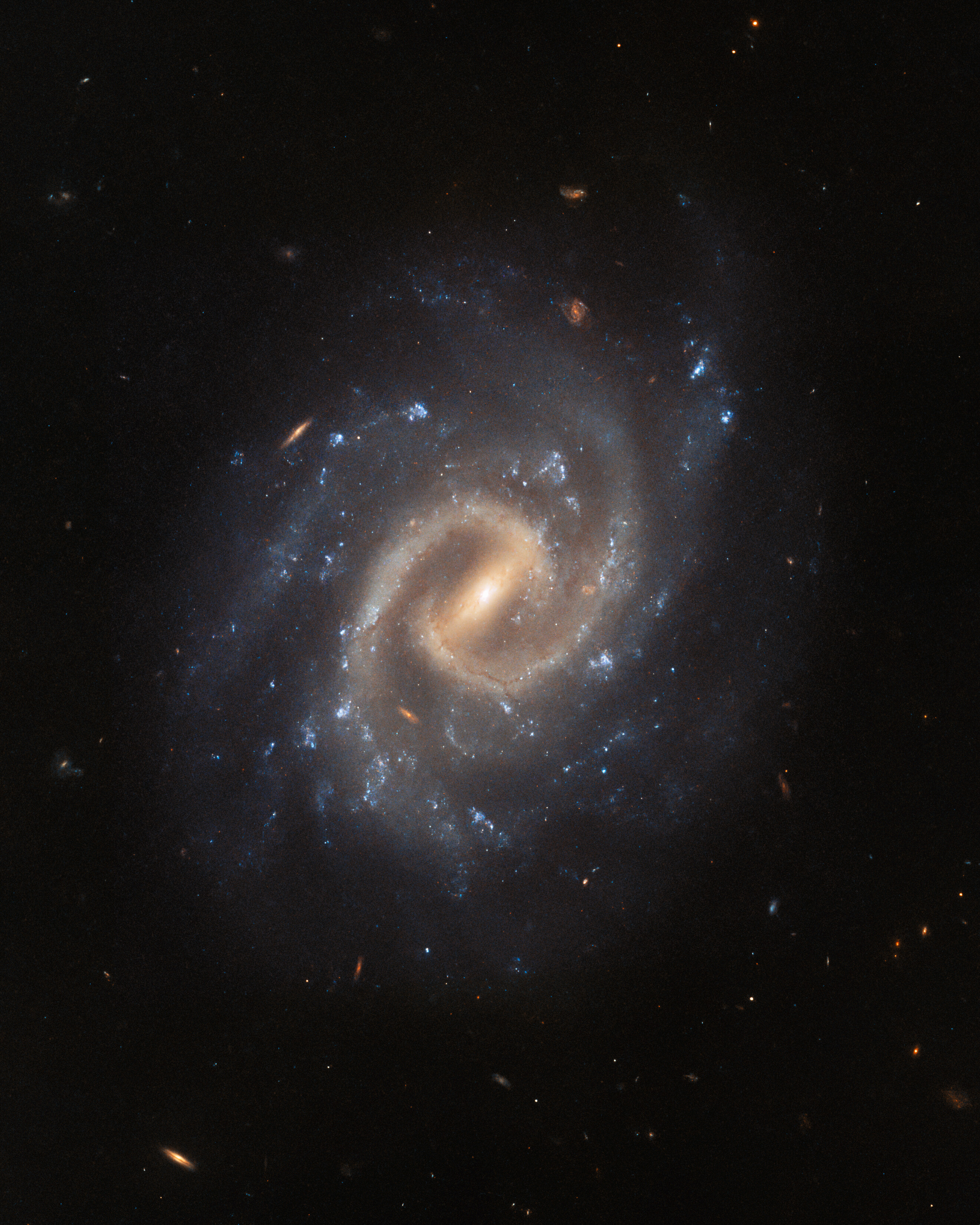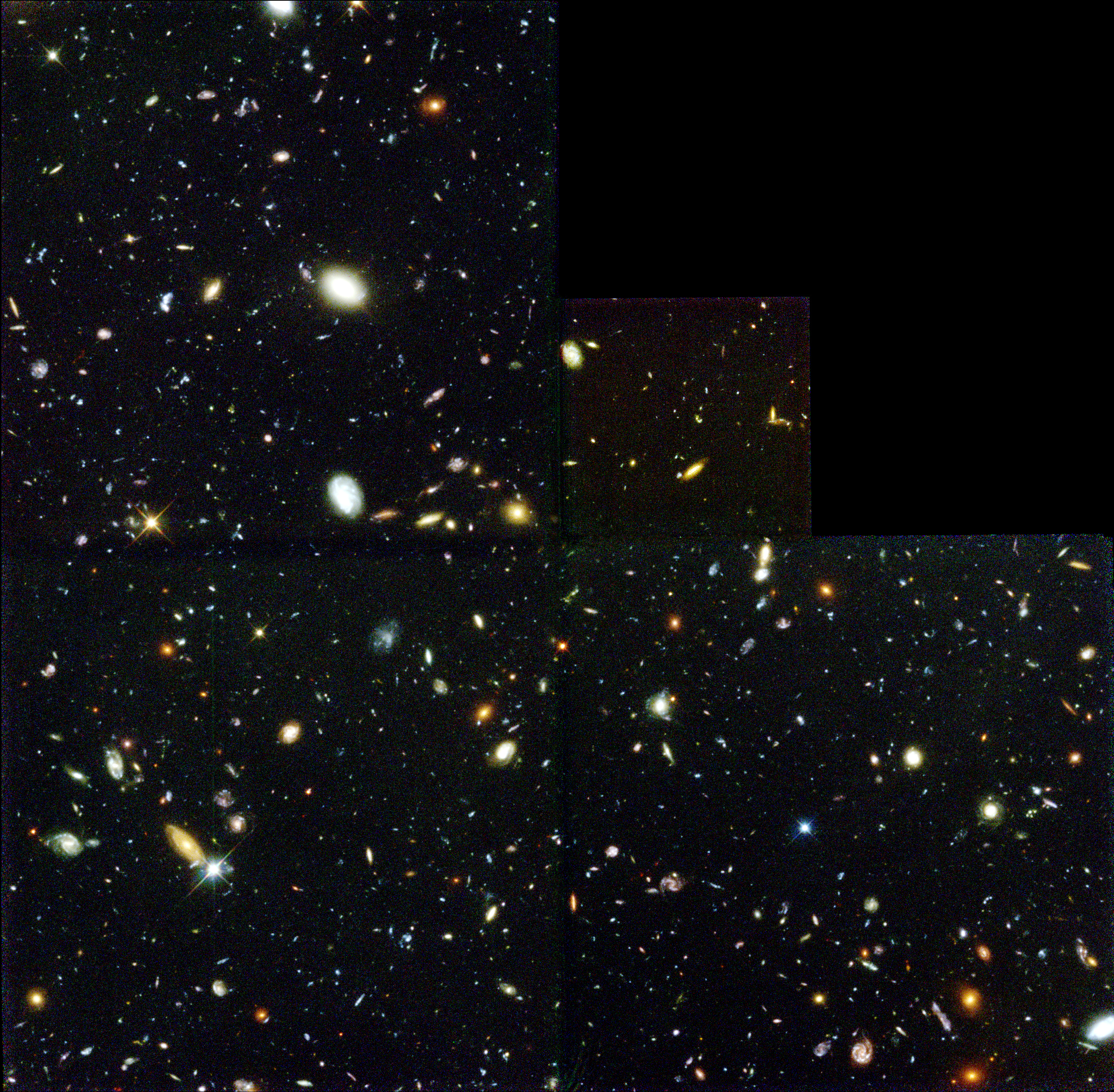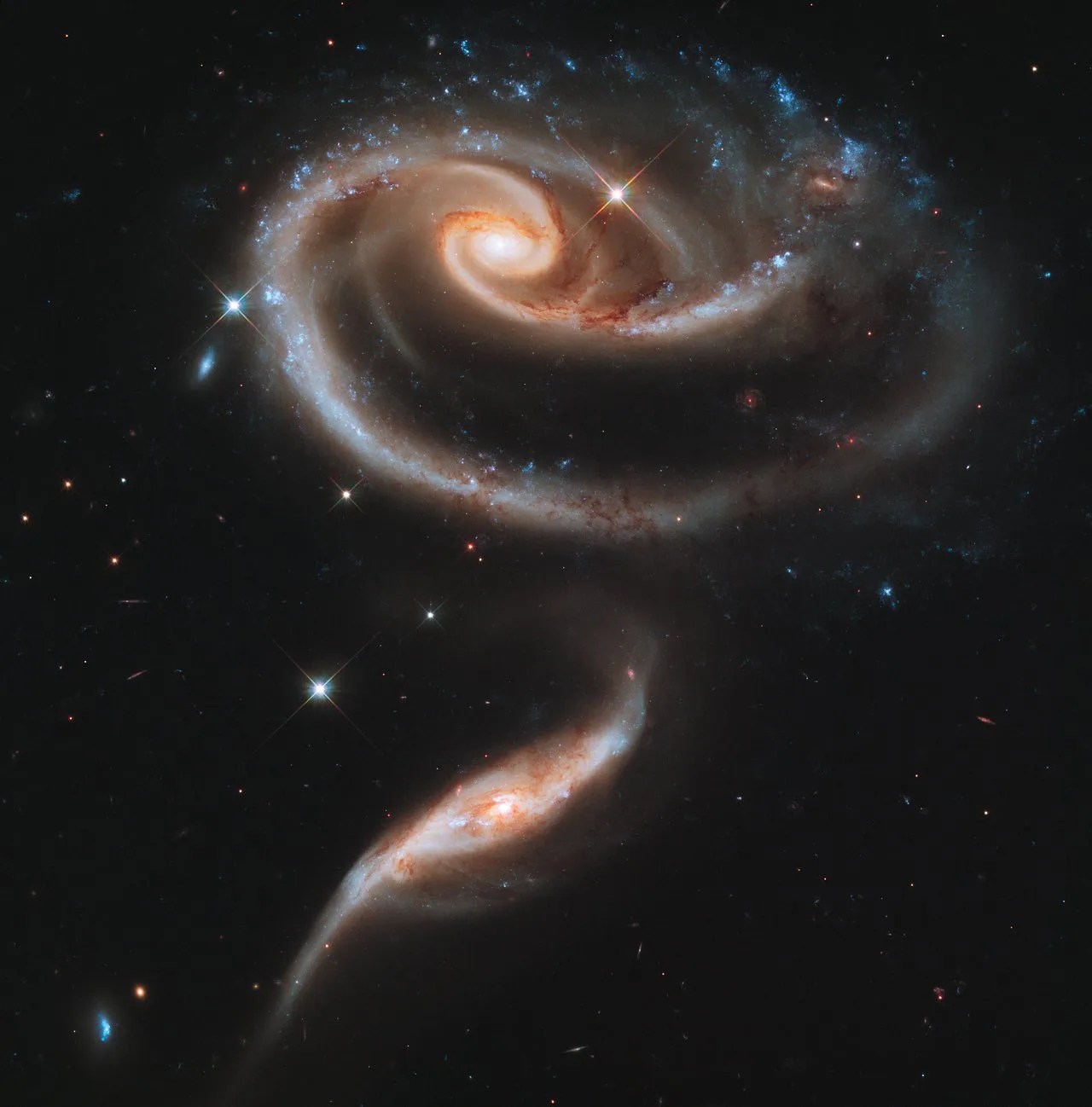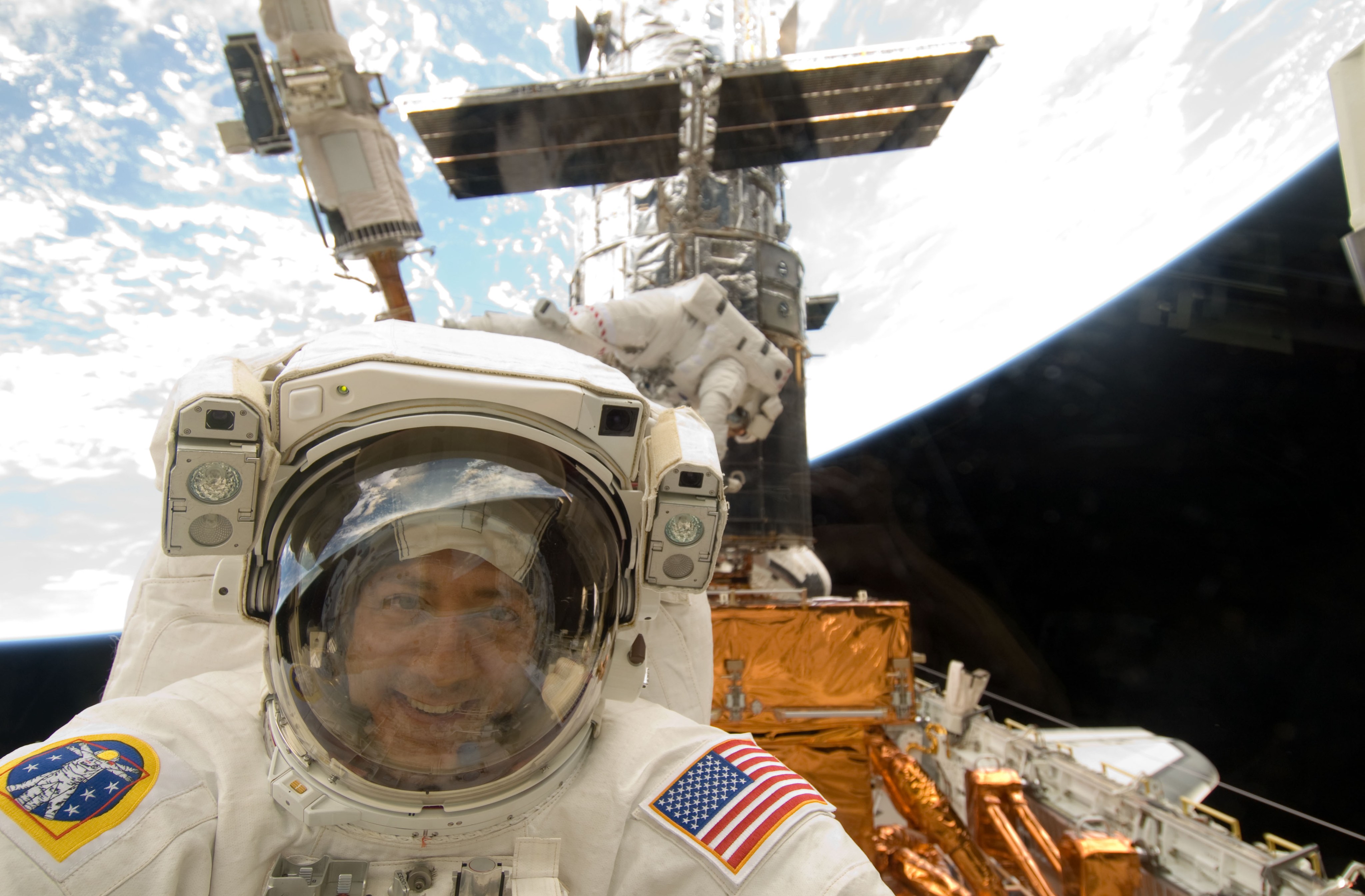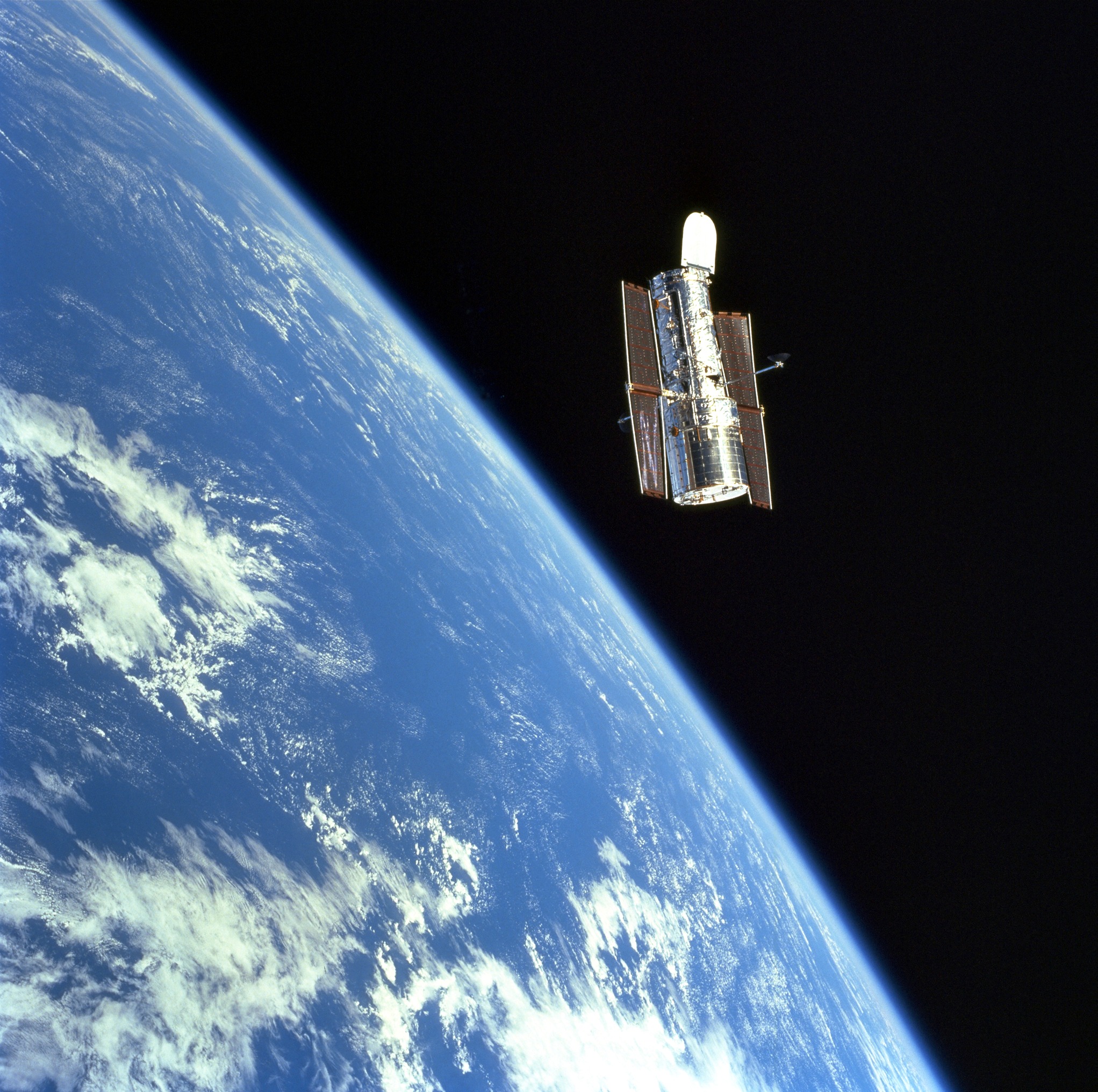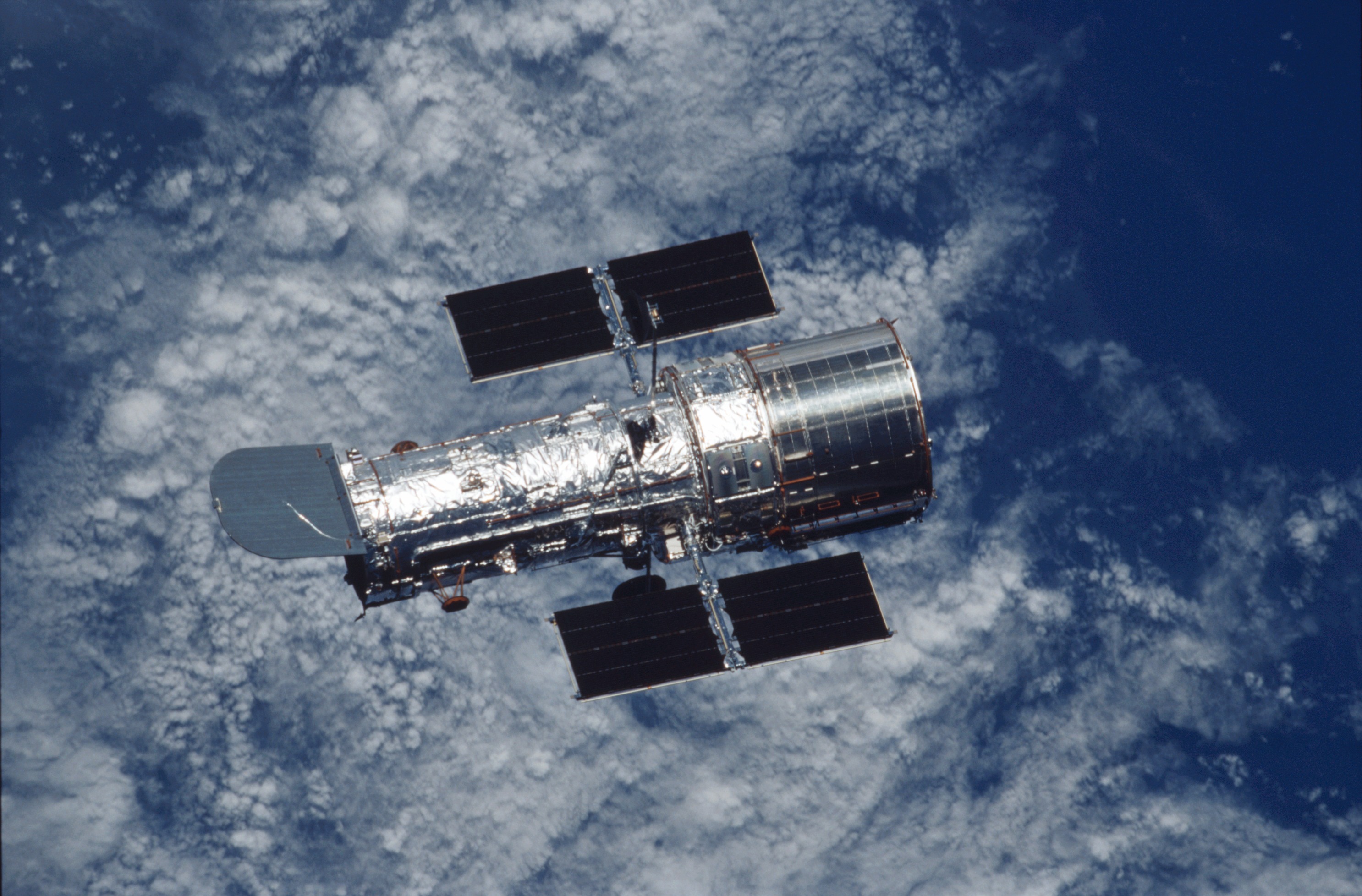Multimedia
Hubble Images
Explore Hubble's astronomical and mission images.
Science Galleries
Hubble’s Universe
Image of the Week (#HubbleFriday)

Hubble Spies a Cosmic Eye
This NASA/ESA Hubble Space Telescope image features the spiral galaxy NGC 2566, which sits 76 million light-years away in the…

Hubble Images a Grand Spiral
This NASA/ESA Hubble Space Telescope image features the glorious spiral galaxy NGC 5643, which is located roughly 40 million light-years…

Hubble Spots a Spiral in the Celestial River
The subject of this NASA/ESA Hubble Space Telescope image is NGC 1637, a spiral galaxy located 38 million light-years from…

Hubble Captures an Edge-On Spiral with Curve Appeal
This NASA/ESA Hubble Space Telescope image features a spiral galaxy, named UGC 10043. We don’t see the galaxy’s spiral arms…

Hubble Takes a Look at Tangled Galaxies
This NASA/ESA Hubble Space Telescope image depicts the cosmic tangle that is MCG+05-31-045, a pair of interacting galaxies located 390…

Hubble Captures a Galaxy with Many Lights
This NASA/ESA Hubble Space Telescope image features NGC 1672, a barred spiral galaxy located 49 million light-years from Earth in…
Hubble Space Shuttle Mission Galleries
Hubble Space Shuttle Missions
Additional Hubble Mission Galleries
More On Flickr
Flip through Hubble's numerous Flickr albums and see astronauts at work in space, behind the scenes of mission operations, and Hubble's iconic images from nebulae to gravitational lens.
Explore More Albums
Information
Media Resources
Need to talk to our communication's team? Need b-roll for the documentary you're making? This page helps you find the Hubble media information you need.
Find Media Information

